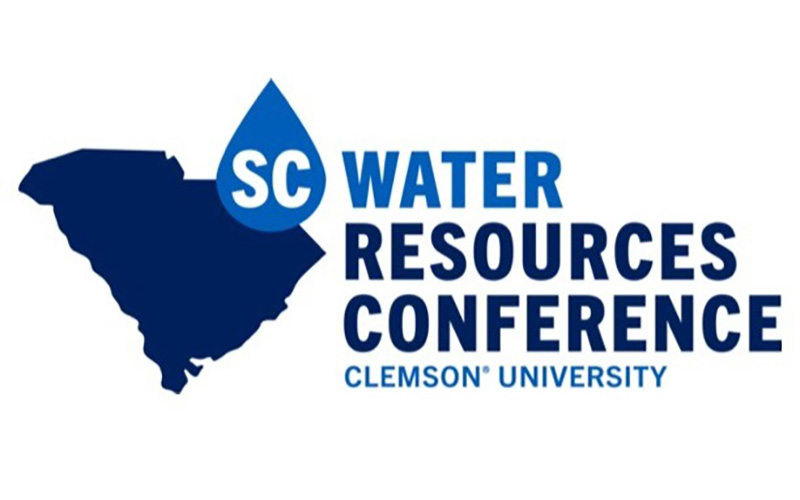Article Type
Full Research Article – Special Issue
Volume
9
Issue
1
Abstract
Effective water resource management requires understanding the supply of and the demand for water. In South Carolina, as in other places, water demand is often determined using total withdrawal volumes. However, the volume of water that is withdrawn can be significantly different from the volume that is actually consumed, which becomes unavailable for downstream uses. Water used for energy generation is commonly excluded from evaluations of total withdrawal volume because it is often assumed to be no or low consumptive use, meaning much of the withdrawn water is returned to the source and remains available for downstream uses. Additionally, energy production withdrawal volumes may be significantly higher than other sectors’ usage and make it difficult to further compare water use of other sectors. Consumptive use volumes are not readily available for South Carolina and can be challenging to determine. However, estimates of consumptive use could allow more meaningful comparisons between water use sectors’ impacts. The objective of this short communication is to briefly discuss data sources, outline two relatively simple methods for calculating consumptive use with available data, identify challenges and opportunities for additional research, and provide preliminary estimates of consumptive water use volumes per water use sectors in South Carolina. Expanded discussion of consumptive water use of thermoelectric energy generation is included due to the significant total water withdrawals and unique challenges with calculating consumptive use of this sector. These results inform water resource planning and identify additional research opportunities.
Takeaway(s)
none
Recommended Citation
Nix, Heather Bergerud and Rad, Mani Rouhi
(2023)
"An Introduction to Consumptive Use of Water in South Carolina,"
Journal of South Carolina Water Resources: Vol. 9
:
Iss.
1
, Article 10.
Available at:
https://open.clemson.edu/jscwr/vol9/iss1/10






